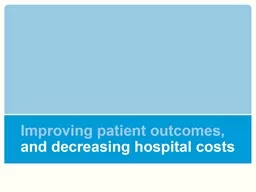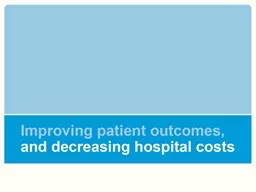PPT-INSERT PRESENTER INFO HERE
Author : radions | Published Date : 2020-08-04
Saving Saving money can be difficult Many people do not know where to start There are many ways to save and places to cut cost You will find suggestions in the slides
Presentation Embed Code
Download Presentation
Download Presentation The PPT/PDF document "INSERT PRESENTER INFO HERE" is the property of its rightful owner. Permission is granted to download and print the materials on this website for personal, non-commercial use only, and to display it on your personal computer provided you do not modify the materials and that you retain all copyright notices contained in the materials. By downloading content from our website, you accept the terms of this agreement.
INSERT PRESENTER INFO HERE: Transcript
Download Rules Of Document
"INSERT PRESENTER INFO HERE"The content belongs to its owner. You may download and print it for personal use, without modification, and keep all copyright notices. By downloading, you agree to these terms.
Related Documents




![[Insert Tagline] [Insert or Customize](https://thumbs.docslides.com/633984/insert-tagline-insert-or-customize.jpg)









